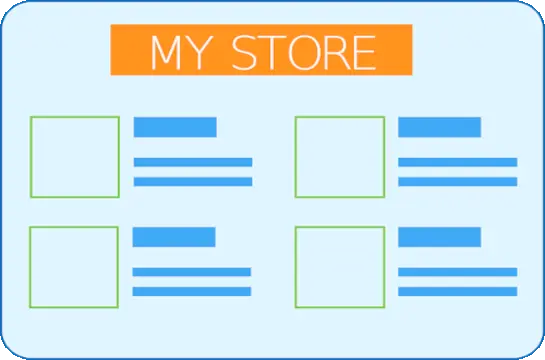I'm always excited to take on new projects and collaborate with innovative minds.
Sydney NSW Australia
I'm always excited to take on new projects and collaborate with innovative minds.
Sydney NSW Australia
By taking a thoughtful, strategic approach, you can build a website that not only meets your client’s needs but exceeds their expectations.

Steps to Design a Small Business Website
1. Understand Your Client’s Needs: Make a List
Before starting the design process, thoroughly review your client’s existing website and promotional materials to understand their offerings, target audience, and business goals. Identify the most profitable services or products, and ensure the website emphasizes these.
Ask your client key questions to clarify their needs:
This helps you create a tailored website that supports the client’s current and future goals.
2. Choose the Right Hosting: Plan for Growth
The hosting choice should align with the website’s current needs and potential growth. If the website handles large data or frequent updates, opt for a hosting solution that can scale, like VPS hosting. This will ensure resources can be increased as the website grows.
For businesses handling sensitive information (e.g., medical records), HIPAA-compliant hosting may be required. Managed hosting options can simplify maintenance, ensuring security and minimizing downtime.
3. Consider an Online Store: Plan Early for Seamless Integration
If your client is planning to sell products or services online, integrate an eCommerce store into the website design from the beginning. Adding an online store later can be more costly and time-consuming. By incorporating eCommerce functionality early, you can design the site for seamless user experience and maximize conversions.
Understanding the target audience and best-selling products will help design the website to focus on these areas and optimize sales potential.
4. Plan for SEO and Marketing Strategies
SEO should be a primary consideration when designing the website. The structure, content, and navigation of the site all impact search engine rankings. Ensure that header tags, alt text, and user-friendly content are implemented for better organic search performance.
Provide your client with SEO recommendations for content, titles, and keywords. By designing with SEO in mind, you can boost organic traffic and help your client gain new customers even without additional marketing efforts.
5. Incorporate Social Media Buttons and Feeds
Integrating social media into the website design increases engagement and encourages sharing. If your client has a social media presence, adding feeds or social sharing buttons will improve user interaction and keep visitors connected.
Think ahead and design the website around the social platforms that resonate most with your client's target audience, enhancing brand engagement.
6. Focus on Landing Pages for Higher Conversions
Landing pages are critical for driving sales and increasing revenue. Focus your design on pages that encourage sign-ups, lead generation, or product purchases. Well-designed landing pages improve conversion rates and ROI.
Your client will appreciate the increased revenue, and your expertise in designing effective landing pages will set you apart as a reliable web designer.
7. Choose Reliable, Fast, and Affordable Hosting
The right hosting is crucial for website performance. Ensure that the hosting solution is fast, reliable, and cost-effective. A website that loads quickly and operates smoothly on various browsers improves user experience and client satisfaction.
Consider reseller hosting if you manage multiple clients. This can lower hosting costs, provide you with more control, and allow you to offer better deals to clients.
Designing a Small Business Website that Delivers Results
Now that you know the key elements to designing a successful small business website, it's time to implement them. Understand your client’s goals, optimize for future growth, and incorporate essential features like eCommerce, SEO, social media integration, and high-converting landing pages.
By taking a thoughtful, strategic approach, you can build a website that not only meets your client’s needs but exceeds their expectations.
To Summarize:
By considering all of these factors, you’ll be able to design a website that helps your client grow their business and achieve their goals.
Creating a seamless mobile experience requires a user-centric approach, performance optimization, responsive design, user engagement strategies, and robust security measures. By focusing on these key areas, you can build a mobile app that not only meets user expectations but also stands out in the competitive app market. Remember, a great mobile experience can turn users into loyal advocates, driving the success of your app.